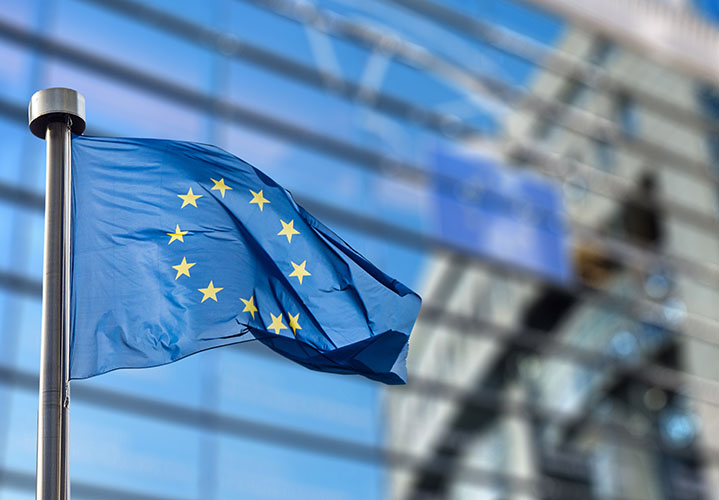Post-Brexit, the UK is now able to depart from EU legislation on product liability and safety but - as with many other areas relating to Brexit - for many businesses it will mean facing a doubling of "red-tape" rather than a removal of it.
The EU (Withdrawal) Act 2018 converted all directly applicable EU law into UK legislation at the end of the transition period, but also allowed for secondary legislation to be made to, for example, correct for deficiencies arising within this retained legislation. Specifically, it allowed the government to correct provisions within EU law that do not function correctly purely as a result of the legislation being retained in UK law.
In the area of product safety, such secondary legislation has partly been focused on correcting such provisions but other changes promise to have more of an impact on day-to-day business, for example:
- Products lawfully placed on the EEA or UK markets pre-1 January 2021 can continue to circulate in the UK. However, a new UK-specific product conformity assessment marking - the UKCA mark - is introduced to be affixed to products to indicate conformity with legal requirements, instead of CE marking, which will cease to apply to the UK (CE marked products will continue to be accepted on the Great Britain market until 31 December 2022). The UKCA mark must be used for products placed on the Great Britain market as soon as possible and, at the latest, for any product placed on the market after 31 December 2022 (the government had originally stated that CE product markings for goods placed on the market in Great Britain would continue to be accepted until 1 January 2022 but this period was recently extended until 1 January 2023).
- Amending the status of economic operators (i.e. which entity is deemed the producer, importer or distributor) in the supply chain, which is important as both the EU regulatory regime and the new UK regulatory regime place different regulatory obligations upon each economic operator depending on which status they are deemed to have. For example, under the UK-amended General Product Safety Regulations 2005, the new definition of “producers” will now cover UK manufacturers of products or "a person established in the UK that places a product from outside the UK on the market". This means products imported from the EU and placed on the UK market will require the UK importer to comply with UK regulatory requirements.
Naturally, at a time when there may be consumer concerns as to whether the UK will retain as strong a product safety regime as when the UK was an EU Member State, it is also expected the government will wish to be seen to ensure this remains the case. One way in which it may do so is to strengthen the enforcement powers of the UK product safety body, the Office for Product Safety and Standards (OPSS), created in 2018; and a more aggressive enforcement approach could thus follow.
The government issued a call for evidence (CfE) earlier this year, seeking views on the new regime in order to ensure the UK’s product safety regime remains fit for purpose. The government has stated it intends to publish a summary of responses and evidence paper within 12 weeks of the close of the call for evidence, which would thus be due during September 2021.
According to previous government announcements, the focus is likely to be on how to ensure the UK product safety regime reflects recent innovations and technologies like artificial intelligence, as well as exploring how such new technologies and growth of online shopping make product safety responsibilities more complex.

 Gustaf Duhs
Gustaf Duhs